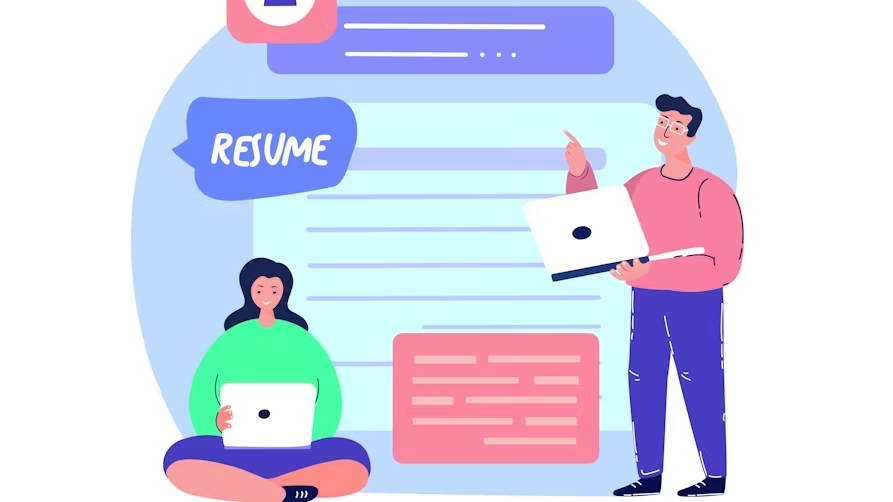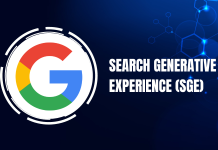Recruitment has always been about finding the right person for the proper role, but the process of getting there has changed dramatically. What was once a manual, intuition-driven process is now guided by algorithms that can analyze thousands of data points in seconds. At the heart of this transformation are AI ranking and matching systems. These systems go beyond keyword searches; they interpret language, understand context, evaluate skills, and even predict future job performance.
Rather than leaving hiring decisions to chance or bias, AI offers a structured, data-driven approach to identifying the best candidates. And this shift is happening within a broader environment of growing trust in responsible AI development, according to a 2025 McKinsey report, which states that 71% of employees trust their employers to act ethically as they develop and deploy AI systems.
The question is no longer if AI belongs in recruitment, but how it works under the hood. In this article, we’ll explore the core mechanics: from natural language processing and semantic matching to predictive analytics, bias mitigation, and hybrid AI–human decision models. By unpacking the technology, we can see how modern recruitment platforms are reshaping not just hiring speed, but hiring intelligence.
Table of contents
Challenge 1: Overwhelmed by Volume

Every job post attracts hundreds, sometimes thousands, of applicants. Manually reviewing each resume isn’t just slow; it’s impossible at enterprise scale. Good candidates slip through cracks simply because no one has time to read their applications.
Solution: AI-Powered Resume Parsing & Semantic Matching
Modern recruitment platforms utilize natural language processing (NLP) to parse resumes into structured data, including skills, experience, education, and even career progression patterns.
- Keyword context: Instead of just looking for “Python,” AI also detects related frameworks like Django or Flask.
- Transferable skills: If someone worked in retail operations, the algorithm can still match them to logistics roles by recognizing skill overlap.
- Semantic matching: Models understand synonyms, context, and even industry-specific jargon.
Platforms like Elevatus demonstrate how this works in practice: their AI filters thousands of resumes in seconds, ranking candidates not just by keyword matches but by relevance to the job’s actual requirements.
Challenge 2: Bias Creeps into Hiring
Even with the best intentions, humans bring unconscious bias to recruitment. Names, universities, or even gaps in employment history can unfairly influence decisions. Left unchecked, AI could replicate or even amplify these biases.
Solution: Fairness-First Algorithms
Recruitment AI is now designed with bias detection and mitigation frameworks:
- Blind screening: Removing identifiers (names, photos, and gender) from the initial review.
- Balanced datasets: Training models on diverse data to avoid skewed results.
- Bias audits: Algorithms are stress-tested to ensure no group is unfairly filtered out.
Responsible vendors publish explainability tools, allowing recruiters to see why a candidate was ranked high or low. This transparency transforms AI from a black box into a decision-support partner, not a decision-maker.
Challenge 3: Hiring for Potential, Not Just the Past

Traditional systems are overloaded with past job titles and degrees. But the future of work demands adaptability, problem-solving, and cross-functional skills, qualities not always evident on a CV.
Solution: Enriched Matching with Assessments
Today’s AI ranking engines don’t stop at resumes. They integrate with:
- Psychometric tests to uncover personality traits and cultural fit.
- Technical assessments to validate hard skills in real time.
- AI analyzes video interviews to detect communication skills and reasoning.
By combining these layers, the system creates a multi-dimensional candidate profile. For example, a software engineer may rank lower on pure resume keywords, but excel at logic tests and teamwork assessments, significantly raising their match score.
Challenge 4: Predicting the Wrong Fit
Hiring managers often lament, “They looked great on paper, but didn’t last six months.” Poor fit leads to turnover, lost productivity, and rehiring costs.
Solution: Predictive Analytics in Matching
Modern recruitment AI uses historical performance data to refine matches. If past hires with certain traits or skills succeeded in a role, the algorithm weights those factors more heavily. Predictive models can:
- Forecast retention likelihood.
- Flag candidates who match not just the role, but the company’s long-term culture.
- Suggest alternative roles if a candidate is strong but misaligned with one opening.
This isn’t guesswork; it’s data-driven prediction, reducing costly mis-hires.
Challenge 5: Scaling Without Losing the Human Touch
Automation raises a concern: will hiring become cold, impersonal, and robotic? Candidates don’t want to feel judged by an algorithm alone.
Solution: AI + Human Hybrid Models
The most advanced systems position AI as an assistant, not a replacement:
- Recruiters still make the final call.
- AI provides explainable rankings, but humans review context and nuance.
- Candidate communication is automated for efficiency, but recruiters personalize outreach when needed.
This hybrid approach scales recruitment while preserving empathy. As a result, AI handles the volume, and humans focus on building relationships.
The Future: Toward an Operating System for Hiring
AI ranking is no longer a standalone feature. It’s part of a recruitment operating system that unifies:
- Resume parsing
- Video interviewing
- Technical and psychometric assessments
- Onboarding workflows
Platforms such as Elevatus are leading this shift, offering an integrated ecosystem where AI insights flow seamlessly across the entire hiring lifecycle. Tomorrow’s recruitment won’t just be faster, it will be brighter, fairer, and predictive.
Conclusion: Opening the Black Box
AI in recruitment doesn’t have to be mysterious. When built with transparency, fairness, and data integrity, ranking and matching systems become powerful enablers of better hiring.
The challenges are real: overwhelming volume, bias, poor fit, and scalability. But the solutions are already here, and they’re technological at the core. Recruitment is no longer about “who can read the most resumes.” It’s about who can build the most intelligent machine to find the right people.











